Goa, November 22, 2025: Day 3 of the International Film Festival of India (IFFI) 2025 transformed the INOX venue in Panaji, Goa, into a vibrant showcase of the nation’s diverse performance arts. Moving beyond the silver screen, the evening was a stunning celebration of India’s cultural heartbeat, featuring a series of traditional folk dances and dramatic storytelling that highlighted the energy, diversity, and rich heritage passed down through generations. Artists representing various states, including dedicated PRTs of CBC, took center stage to connect cinema enthusiasts with the living traditions of the subcontinent.
The Performances: A Visual Journey Across India
Gussadi (Telangana)
Tribal Gond artists from the Padmashri Kankaraju Gussadi Dance Association, Adilabad, presented this high-energy, rhythmic group dance. The performers commanded attention in colorful, long robes, distinct peacock feather turbans, and jingling bells, continuing the powerful legacy of Padma Shri recipient Sri Gussadi Kankaraju.
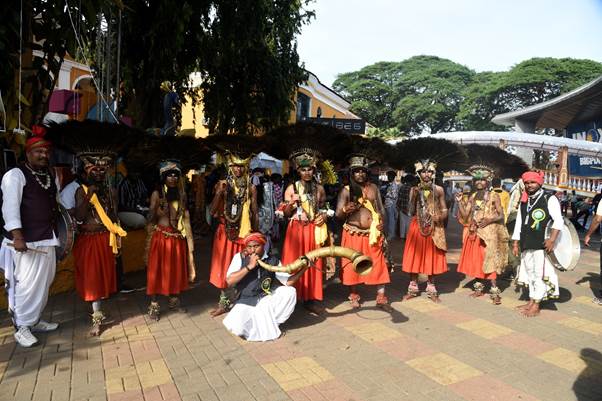
Mahishasura Mardini (West Bengal)
The Royal Chhau Academy staged a dramatic folk play-dance, offering a powerful depiction of good triumphing over evil. The performance vividly recreated the epic battle between Goddess Durga and the demon Mahishasura, complete with appearances by other major deities and striking martial choreography inherent to the Chhau style.

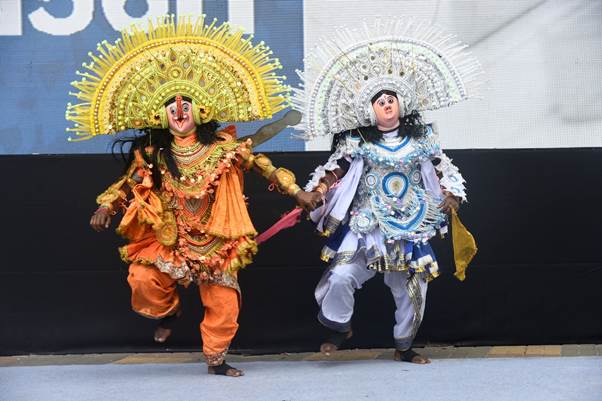
Sambalpuri Folk Dance – Chutkuchuta (Odisha)
Delivered with intense rhythm and power by the Lok Shastra Kala Parishad, Cuttack. This energetic group dance is a dynamic amalgamation of renowned Sambalpuri forms like Dalkhai and Raser Kelly, showcasing the robust, celebratory traditional dance culture of western Odisha.
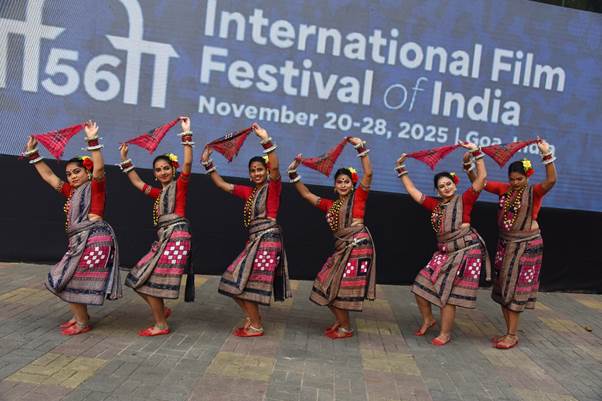

Tarpa Dance (Daman and Diu/Maharashtra)
Presented by the People’s Action for Social Development, this hypnotic traditional tribal dance centers around the ‘Tarpa,’ a unique wind instrument made from a gourd, bamboo, and wax. The Tarpa player acts as the conductor, controlling the direction and collective rhythm of the group’s concentric movements.


Chari Dance (Rajasthan)
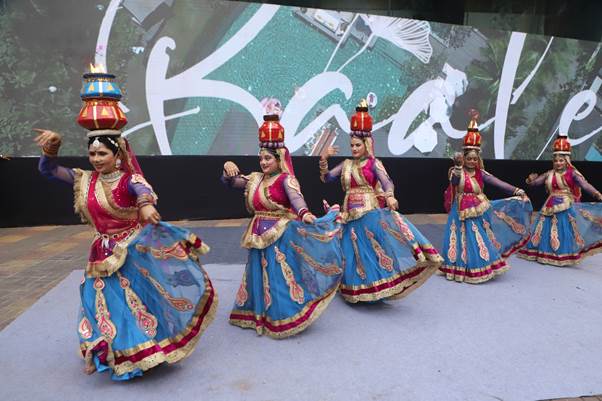
The evening’s spotlight also illuminated the performances of Kashmir and Himachal, featuring graceful displays that transported the audience to the mountainous north. The Kashmir Folk Traditional Dancers captivated the venue with the serene beauty and narrative depth inherent in their regional forms, while the spirited and vibrant folk dances of Himachal showcased the distinct, celebratory culture and colorful attire of the Himalayan state, further enriching the cultural tapestry of the evening’s showcase.

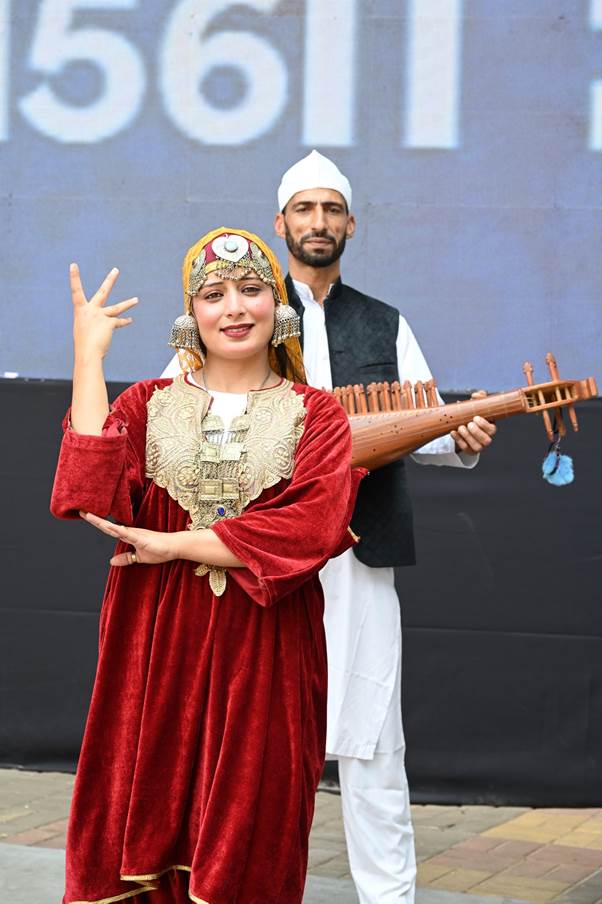
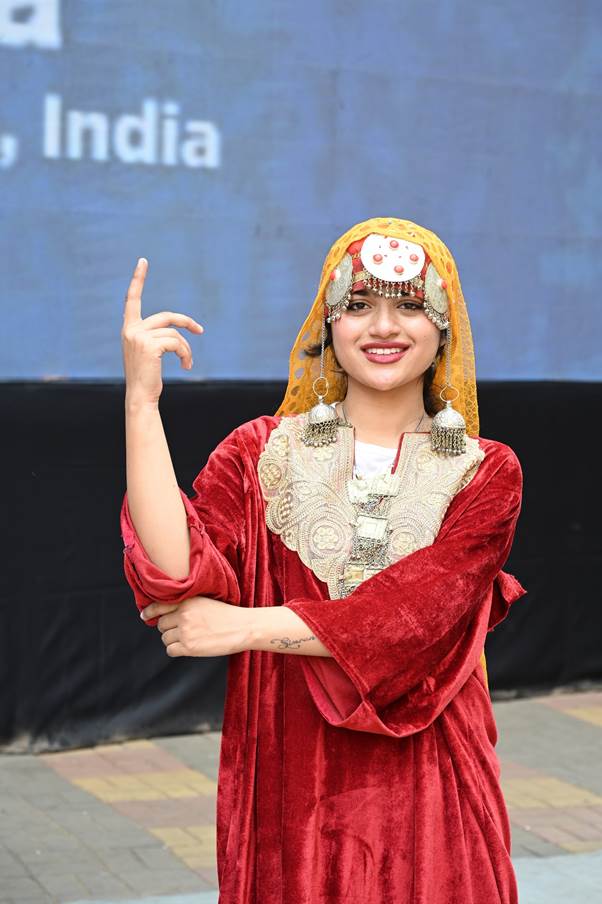
The cultural segment of IFFI Day 3 offered a rich, textural break from the film screenings, proving that the festival is not just about the screen, but about showcasing the diverse, living art forms that nourish India’s rich creative and cultural landscape. The applause that followed the final Bihu beat was a testament to the power of performance and tradition.

